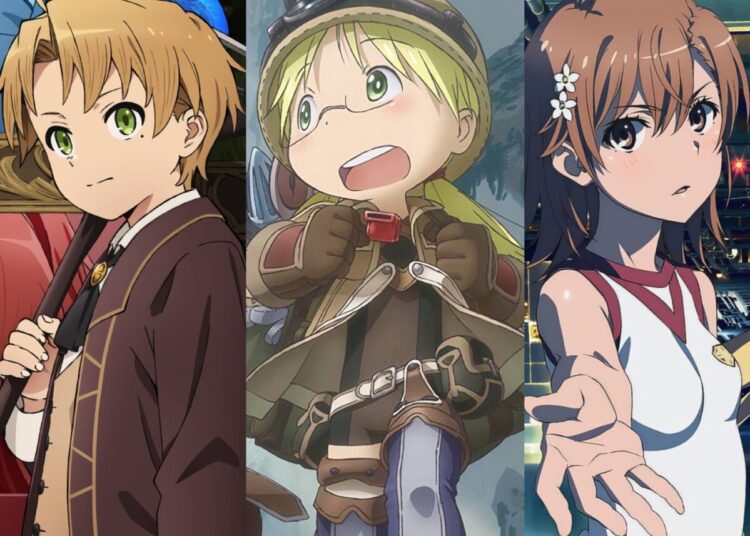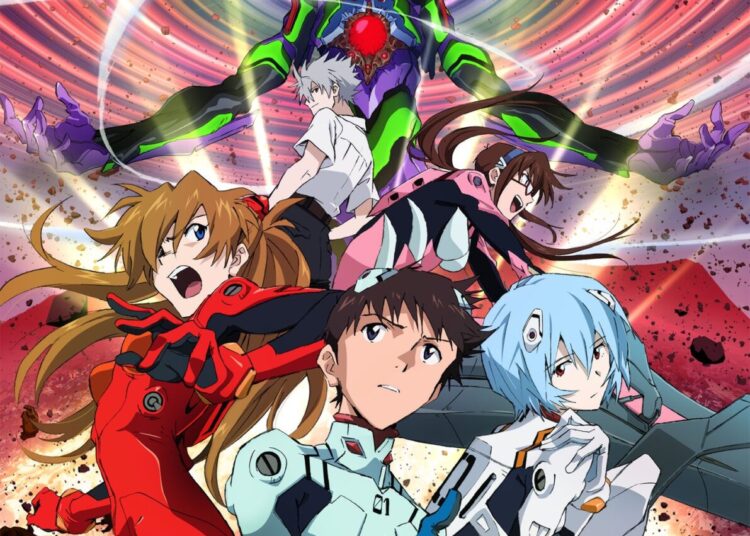Hello, all. It’s mid-week and we’re all doing fine. Although I got to work late today, I’m ahead of schedule on the update, which is okay by me. I’ve promised my son we’ll paint his Gundam model today so I want to get out of here on time if I can…
Today’s J-List post is below. You can also read it on the J-List website or the JBOX.com site.
What does America smell like? According to my nine-year-old son, it smells like Mr. Bubble, the classic bubble bath that I enjoyed when I was young and now buy for my kids. Whenever I take a trip back to the U.S. I come back loaded with good things from the States, like onion bagels, Cream of Wheat, Jello pudding and salsa, which are hard or impossible to find in Japan. Opening the bottle of Mr. Bubble for the first time really brings back the smell and imagery of life the USA, and we love taking bubble baths with it. (In Japan, having kids means never bathing alone.)
Part of the fun of learning Japanese is memorizing and using the onomatopoeic words found in the language. There are two kinds of sound-based words in Japanese, giseigo (“mimic-voice words”) and gitaigo (“mimic-situation words”). Giseigo are words that imitate the sounds of animals — wan wan for a dog, kokekokko for a rooster, and so on. Gitaigo, which describe abstract situations, are a little more interesting because there’s nothing like them in English. Sometimes these words work as adverbs, modifying verbs: for example, kira kira describes the way a star shines in the sky, or the way a person’s eyes glitter when they’re overjoyed about something; an employee can work bishi bishi (fast and efficiently) or dara dara (slowly, lazily); and someone who is bilingual in a language speaks it pera pera (fluently). At other times, these descriptive words work as adjectives, expressing a state: pika pika is used to describe a brand-new toy, or as an alternate usage, a child who had just entered the first grade; an older person who has a lot of energy is pin pin (peen peen); and someone who is nervous or excited about something is doki doki.
The Japanese people are some of the longest-lived in the world, partly because Japan is a stable country with a good medical system. When you get sick in Japan, you either go to a large hospital (there are three or four near us), or to a smaller medical clinic. You must always bring your hoken-sho or insurance card, a little booklet that has all the information about your insurance printed inside. There are two systems of medical insurance in Japan: National Insurance, which is open to everyone including foreigners and self-employed, and Employee’s Insurance, which is arranged through companies. In both systems, the patient bears 30% of the actual medical costs, with the insurance picking up the rest. Whenever I go to the doctor, I know he’ll want to practice his English with me, since doctors usually learn English as part of their training; however, they’re usually disappointed when I don’t know what the difficult medical terms they use mean, since Japanese expect that every native English speaker knows every word ever created. Also, many of the English-sounding medical terms used in Japan are actually from German, which can cause more confusion. Japan has free health care for everyone under 5 and over the age of 60.















